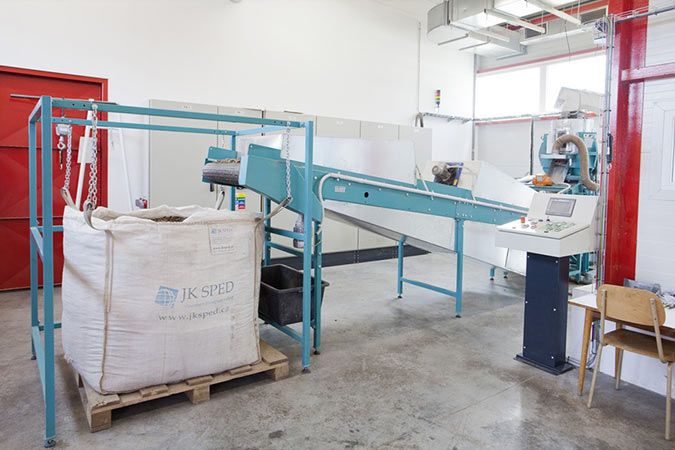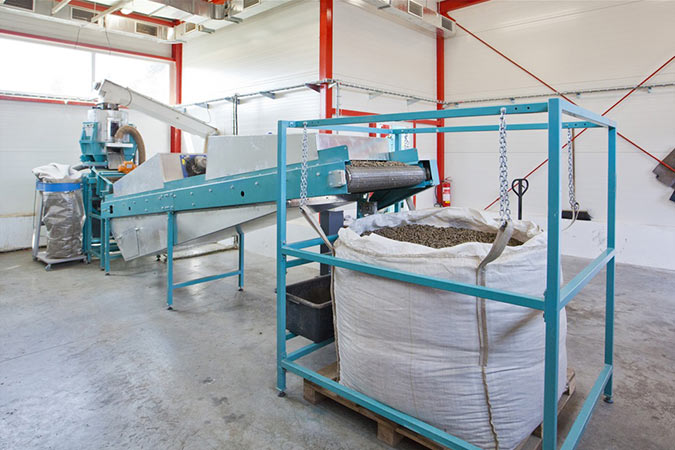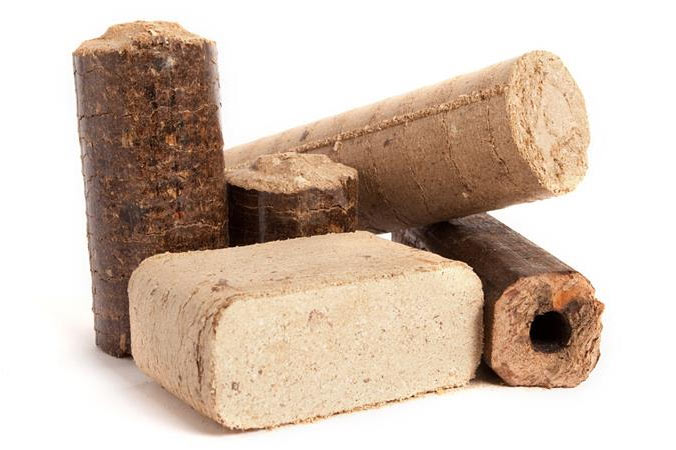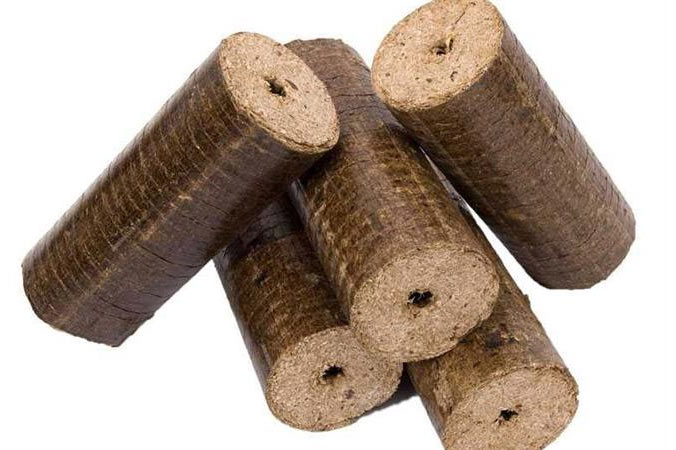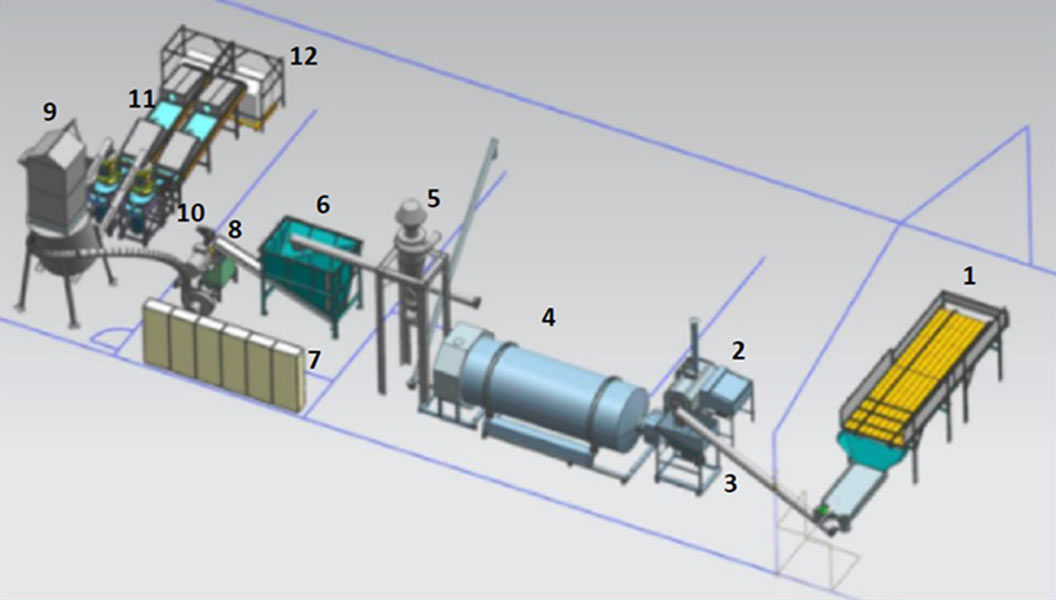This website uses cookies so that we can provide you with the best user experience possible. Cookie information is stored in your browser and performs functions such as recognising you when you return to our website and helping our team to understand which sections of the website you find most interesting and useful.
PRODUCTION LINES FOR PELLETS/BRIQUETTESPellets and briquettes are modern ecological fuel. Advantages are high calorific value and the possibility of heating the boiler automatically without manual reloading.
Contact CONTECHIN GROUP
Ask for indicative price quotation for a specific technology.
CONTECHIN GROUP s.r.o.
Adress: Úzká 162, 790 81 Česká Ves
ID: 25286846 Tax ID: CZ25286846






